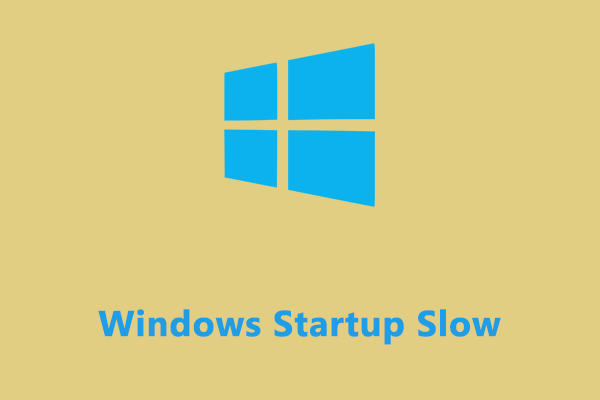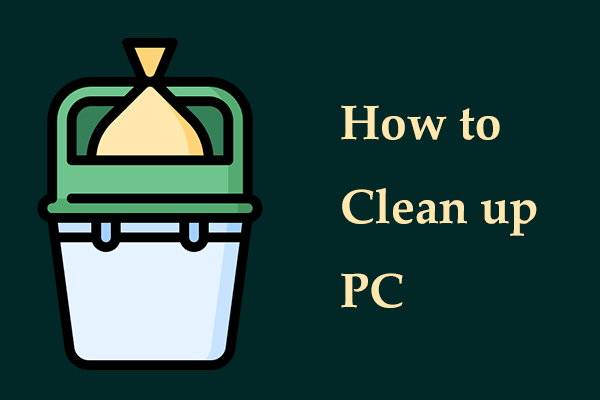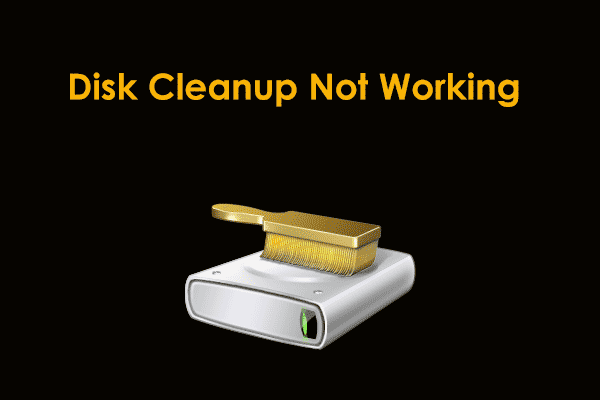What should you do if desktop takes a long time to load Windows 11/10? Don’t worry! We will walk you through how to fix this boot issue. You can enable fast startup, perform a clean boot, disable startup programs, and try other workarounds.
Why Is My Desktop Taking So Long to Load?
When booting Windows 11/10, sometimes desktop takes a long time to load. This issue blocks you from working on the computer. You cannot do anything but wait. It is so frustrating.
Why is desktop taking so long to load? Here are various reasons.
- Too many programs are set to launch automatically when the system starts.
- Files on your hard disk are fragmented, making them slower to access over time.
- Outdated system and drivers cause some compatibility issues, resulting in a slow boot.
- Insufficient RAM forces the system to use the hard drive as virtual memory, causing slow loading times.
- Accumulated temporary files can make the PC slow.
- Malicious software can run in the background, which consumes system resources and slows down the machine.
- There is a conflict between the system and third-party programs.
To fix this issue, you can disable startup programs, delete temporary files, perform a clean boot, update drivers, and more.
Let us explore these targeted solutions.
Solution 1: Use MiniTool System Booster
When Windows desktop is slow to load, it is highly recommended to try the all-in-one PC tune-up software, MiniTool System Booster. This software plays an important role in speeding up the Windows system for optimal performance.
It offers many features, including disk defragmentation, RAM cleanup, junk file deletion, disabling startup programs, automated PC care, and more. Through these tasks, the slow-loading Windows desktop issue can be effectively solved.
Now, download and install this comprehensive computer optimizer for a 15-day free trial.
MiniTool System Booster TrialClick to Download100%Clean & Safe
#1. Perform a PC care
MiniTool System Booster comes with the ActiveCare feature that regularly scans the computer and fixes some issues to maintain the machine.
Step 1: Launch this program and head to the Performance tab.
Step 2: By default, ActiveCare is disabled, but you can enable it. When the computer is idle, it automatically performs a scan.
To scan the machine right now, hit RUN SCAN and click FIX ISSUES to solve all the found issues.
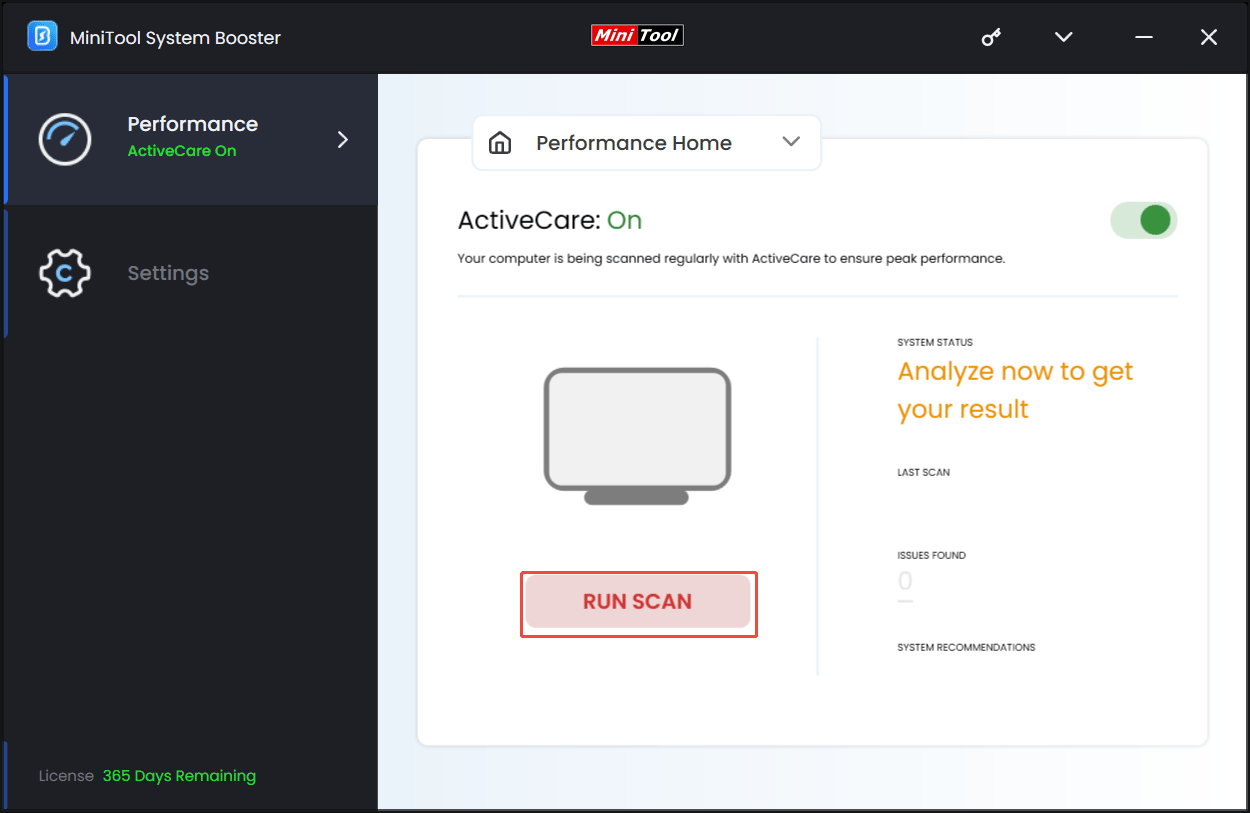
#2. Clean up PC
The Deepclean feature can perform a deep scan and clean out the dusty corners of your computer to ensure peak performance.
Step 1: Select Deepclean from the drop-down menu.
Step 2: Hit START CLEAN. It starts to run 7 cleanup tasks.
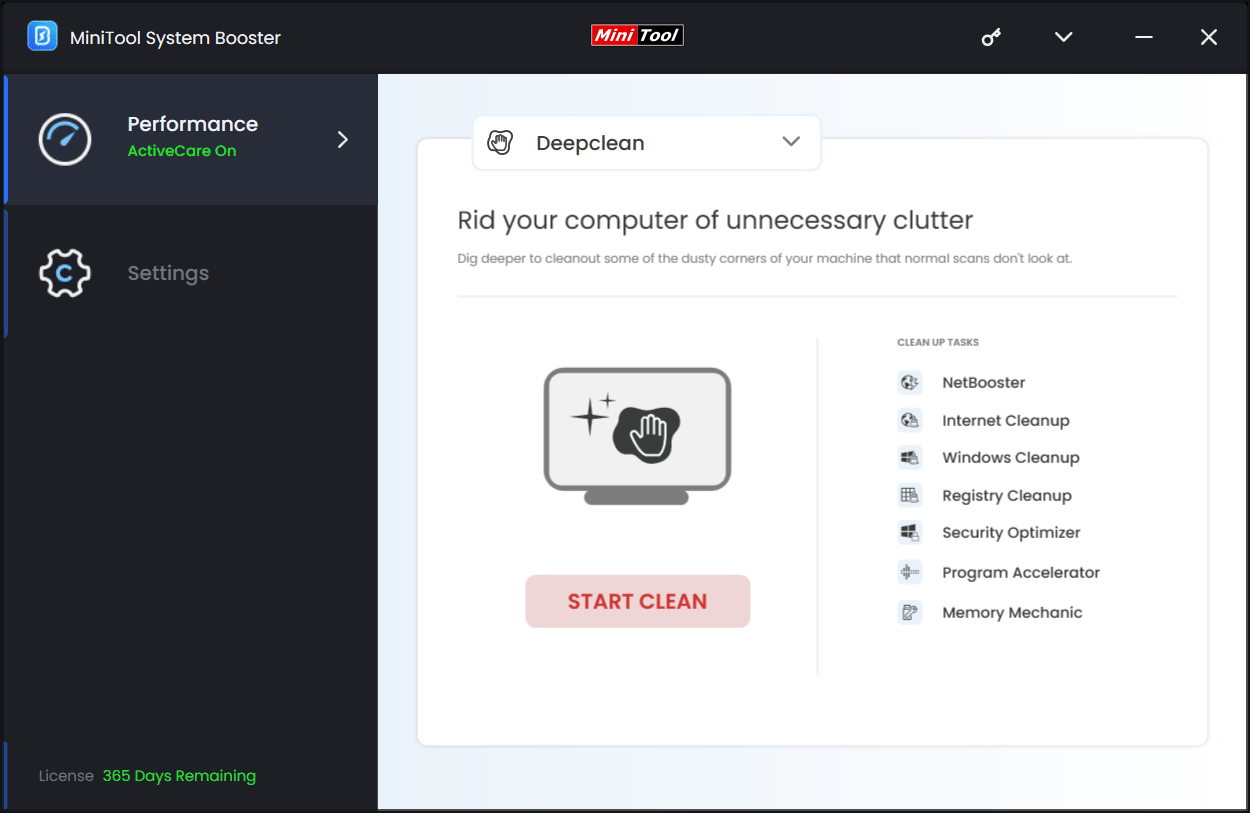
To fix desktop taking a long time to load, be sure to run these tasks rather than skipping them:
- Windows Cleanup – Deletes temporary files and other junk files.
- Program Accelerator – Defragments your hard drive.
- Memory Mechanic – Releases some memory space.
#3. Disable startup programs
MiniTool System Booster offers the Startup Optimizer tool to reduce Windows startup time. If desktop takes a long time to load after a boot, run this tool to disable startup items.
Step 1: Navigate to Toolbox > Startup Optimizer.
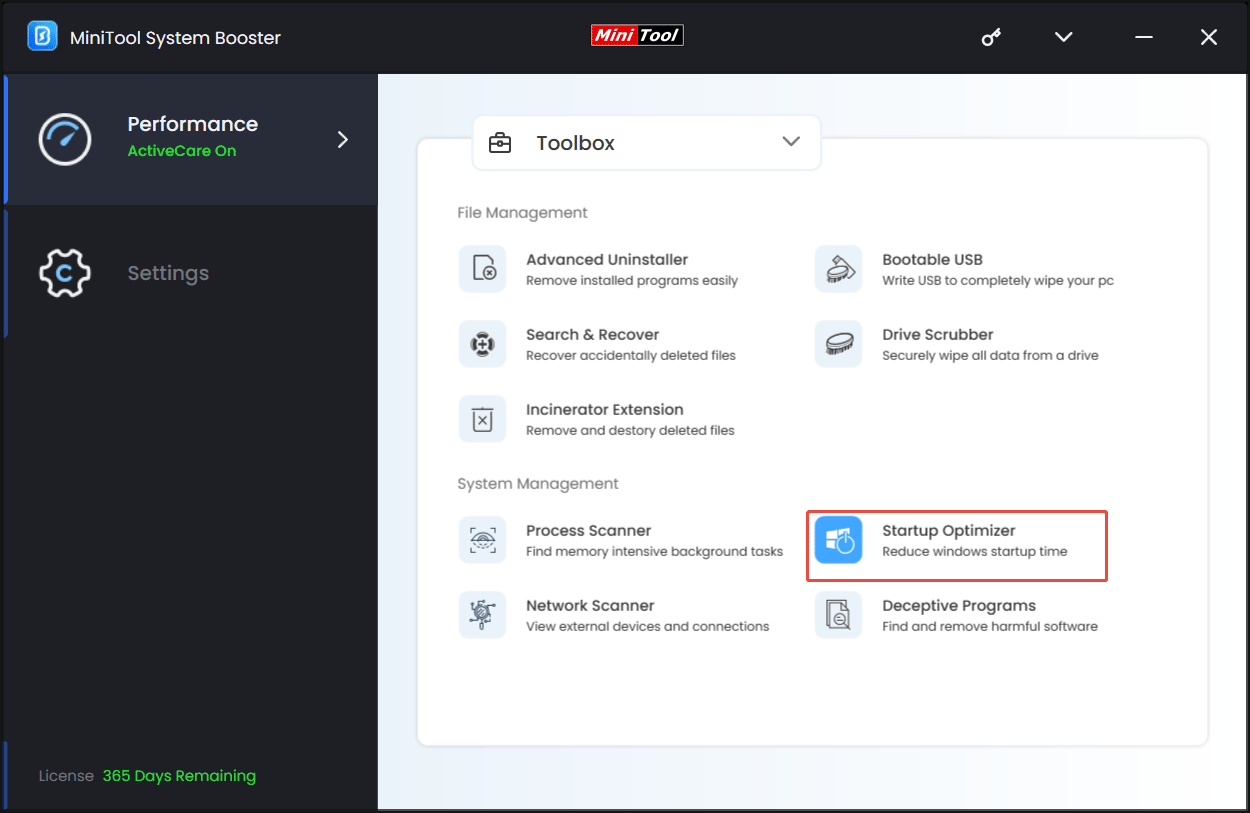
Step 2: After checking programs, click Off next to the target process.
Solution 2: Update GPU Driver
An outdated driver can lead to performance drops and a slow PC start. When Windows desktop loads slowly, try to update drivers, especially the graphics card driver.
Step 1: Check what brand your GPU is. To do that, search for System Information via the Search box, and head to Components > Display.
Step 2: Open the manufacturer’s website.
Step 3: Search for the latest graphics card driver to download.
Step 4: Run the driver file and follow the on-screen prompts to finish the installation.
Solution 3: Clean Boot Windows
A Windows 11/10 clean boot can start the computer with a minimal set of drivers and startup programs. That way, you can identify the third-party app or service that is causing a conflict to troubleshoot issues.
To run a clean boot:
Step 1: Press Win + R to open Run, type msconfig, and click OK.
Step 2: Under Services, tick the box of Hide all Microsoft services, and tap on Disable all.
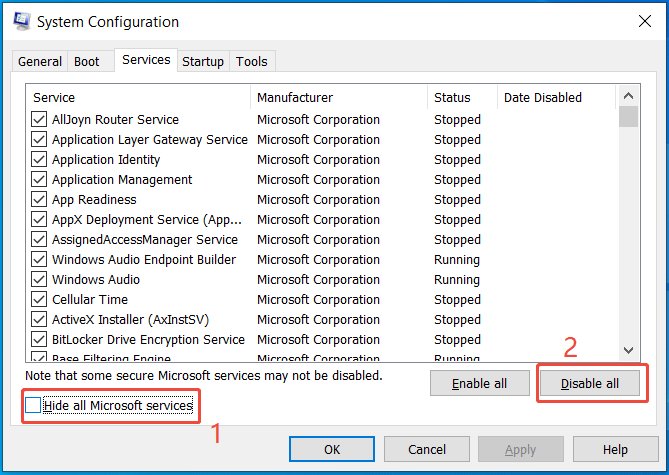
Step 3: Go to Startup > Open Task Manager and disable startup program.
Step 4: Hit Apply > OK and restart the system to let the change take effect.
In the clean boot environment, if Windows desktop loads quickly, a third-party app may be the culprit. Isolate the problematic one and uninstall it.
Next, boot Windows to boot normally. For more information, refer to the guide on how to perform a clean boot from Microsoft.
Solution 4: Turn on Fast Startup
In Windows, there is a feature called Fast Startup that can speed up the boot time. It saves the state of the system kernel and drivers to a hibernation file, hiberfil.sys, during shutdown. When powering on the computer next time, Windows will reload this file, allowing for a quick startup.
If Windows desktop loads slowly, try enabling Fast Startup.
Step 1: Open Control Panel via the Search box.
Step 2: Set View by to Large icons and hit Power Options.
Step 3: Click Choose what the power buttons do > Change settings that are currently unavailable.
Step 4: Check the box of Turn on fast startup (recommended) and click Save changes.
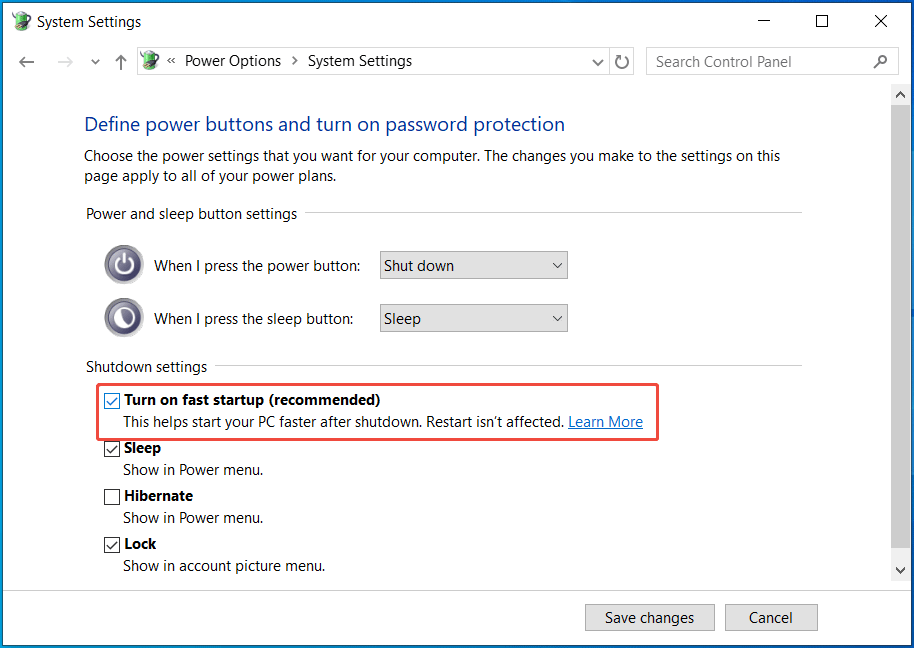
Solution 5: Run Disk Cleanup
To fix the slow loading of desktop, we also recommend using the built-in tool, Disk Cleanup. It focuses on removing old system files, temporary files, and other unnecessary data to free up disk space and speed up the machine.
Step 1: In File Explorer, right-click the C drive and choose Properties.
Step 2: In the General tab, click Disk Cleanup.
Step 3: Select the files you wish to delete and hit OK > Delete Files.
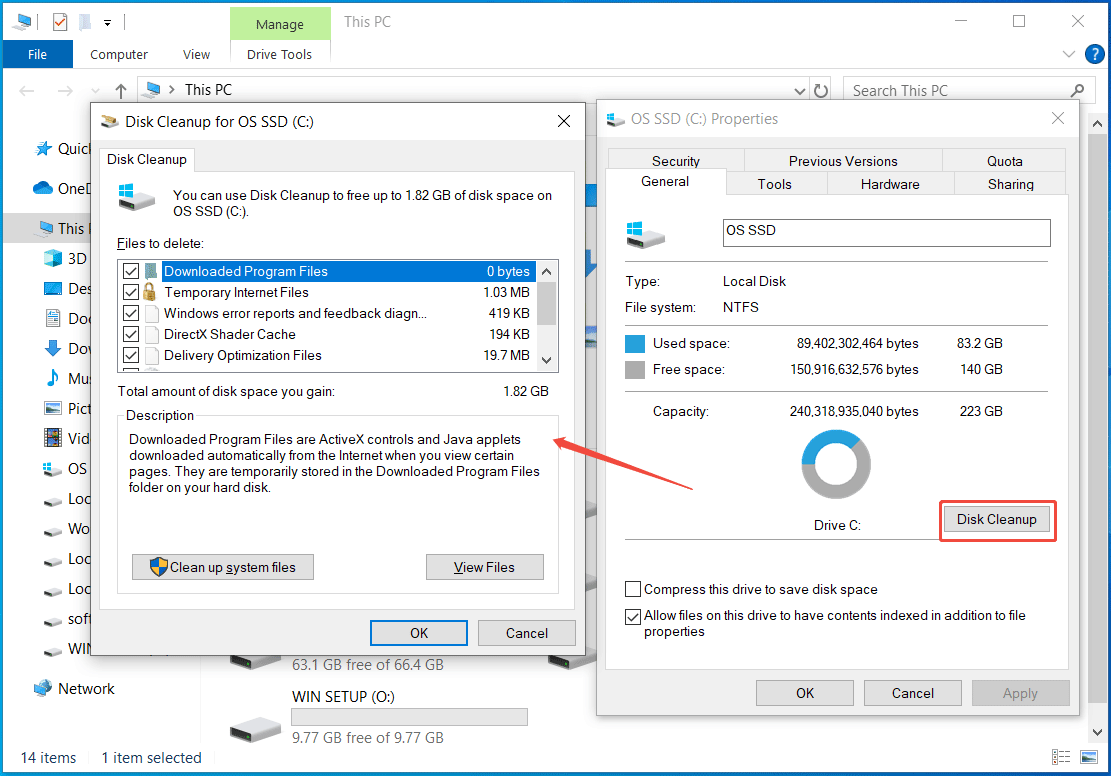
Step 4: Tap on Clean up system files and follow the prompts to delete unnecessary system files.
Solution 6: Perform an In-Place Upgrade
If desktop takes a long time to load after trying the above methods, consider an in-place upgrade. This can reinstall Windows 11/10 without affecting your files and apps.
Step 1: Download Media Creation Tool from Microsoft and launch it.
Step 2: Accept the license terms and choose Upgrade this PC now.
Step 3: After everything is ready, ensure you select Keep personal files and apps, and then hit Install.
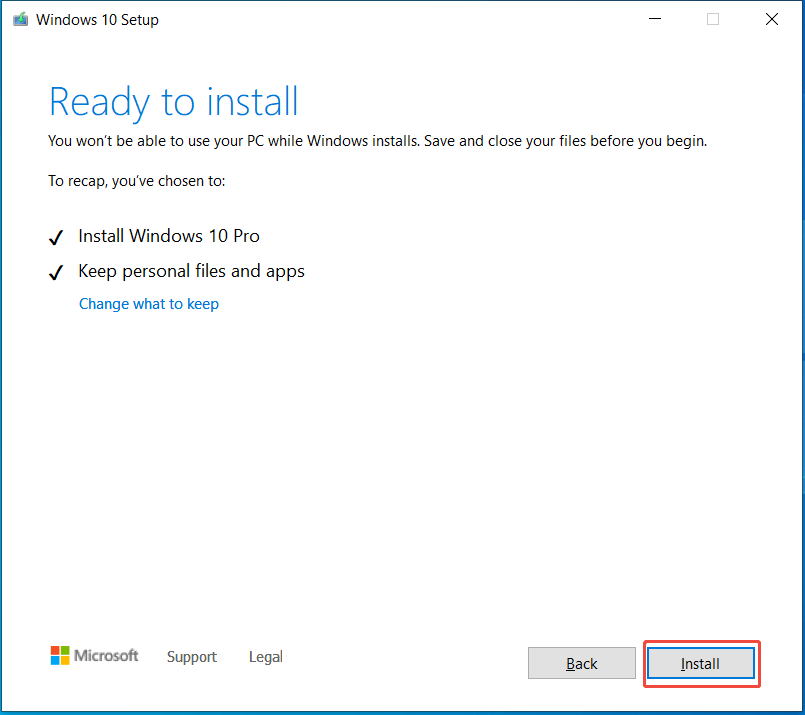
Final Words
Don’t worry when desktop takes a long time to load in Windows 11/10. After trying these solutions, you should solve your issue. We strongly suggest that you run MiniTool System Booster to speed up the system for optimum performance.
If you have any issues with our software, feel free to contact us at [email protected].


